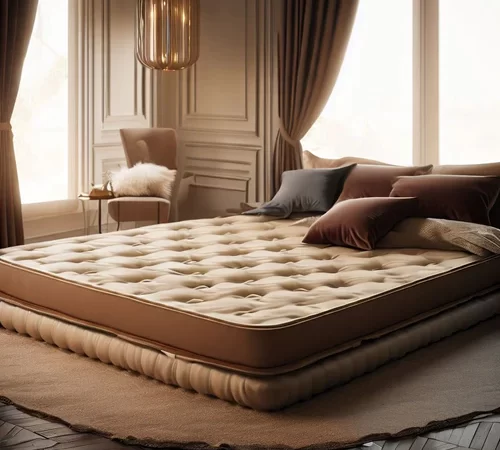Futuristic Home Technology

Smart home technology may seem like something out of a sci-fi movie, but it has quickly become part of many homes today. From your phone or touch screen panel you can manage all aspects of your house remotely.
Lights can be controlled remotely; sensors detect water leakage and alert you; cleaning machines and robotic vacuums activate according to usage data.
Personalized ambiance and mood
Future smart home technology will allow you to create a bespoke ambiance and atmosphere in your home, such as when entering, lights might automatically switch on in a blue shade that matches your mood, or gradually brighten as a wake-up call. Curtains and blinds could also be utilized.
Voice activated systems offer another great way to manage energy usage and automate certain tasks in your home, like turning off lights and thermostats when you leave, saving both money and carbon footprint.
Future smart homes may even monitor your health and activity levels to prompt exercise sessions. Furthermore, smart homes could alert you of maintenance issues like clogged gutters or foundation anomalies as well as suggesting upgrades for security systems – among many other features that will make life simpler!
Energy management systems
Energy management systems enable your home to detect and control devices to increase its own efficiency, from electric appliances and light settings to heating and cooling systems. They will also track your energy use to provide information about how much it is costing.
Prospective smart home technology (SHT) market adoption hinges upon users perceiving clear benefits with acceptable levels of risk. To assess this aspect of smart home adoption, this study conducted a national sample survey and characterized respondents’ perceived benefits and risks through analysis of their responses. Prior knowledge of SHTs is associated with numerous socioeconomic characteristics; respondents with higher prior knowledge were significantly more likely to be younger male respondents and live in larger households – suggesting early adopters.
Voice assistants
Voice assistants such as Amazon Alexa, Google Home and Siri make possible the smart home. Users can use these voice assistants to play music, update a to-do list, turn lights on/off and more; their linguistic capabilities continue to advance thanks to research conducted at MIT by Dr. Boris Katz.
They’re becoming proactive by anticipating what you want rather than waiting for a command from you to act on their behalf. They could tell you the temperature in your bedroom or suggest soothing music playlists to help you wind down before bed.
Future homes could feature products like GE’s C-Sleep bulbs that help set an appropriate atmosphere and can sync up with your circadian rhythm, or an air fryer capable of cooking, toasting, dehydrating and air-frying food to your specifications. Furthermore, smart devices could even recognize when your hands are full by automatically shutting windows and powering down appliances to conserve energy usage.
Dependence on technology
Homeowners will soon have access to smart hubs that enable them to control devices remotely through voice-recognition technology and recognize multiple voices, providing greater convenience while at the same time helping reduce environmental damage from your household.
Devices designed to adapt to your preferences will learn your patterns, automating your home accordingly. They’ll know when you come home, turning lights on automatically, adjusting temperature as necessary, or even scheduling maintenance services for gutter clogging or foundation issues.
Technology can lead to dependence, making it challenging to perform tasks without aid from smart devices and creating frustration in its wake. That is why more consumers are opting for tech-free zones in their homes as technology progresses further.







